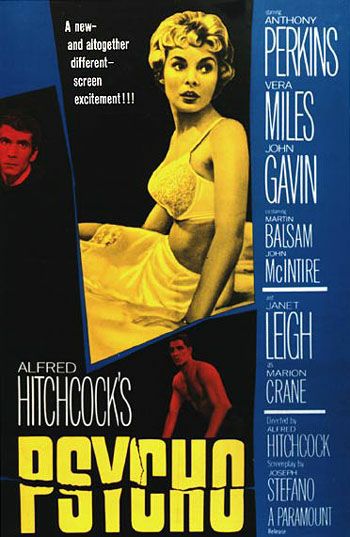
SYNOPSIS:
“Phoenix office worker Marion Crane is fed up with the way life has treated her. She has to meet her lover Sam in lunch breaks and they cannot get married because Sam has to give most of his money away in alimony. One Friday Marion is trusted to bank $40,000 by her employer. Seeing the opportunity to take the money and start a new life, Marion leaves town and heads towards Sam’s California store. Tired after the long drive and caught in a storm, she gets off the main highway and pulls into the Bates Motel. The motel is managed by a quiet young man called Norman who seems to be dominated by his mother.”
REVIEW:
Alfred Hitchcock began his film career in 1920 as a designer of silent film title cards, soon becoming art director, scriptwriter, and director. After nine silent films including The Lodger (1927) and The Ring (1927), he directed the first British sound film, Blackmail (1929), followed by a number of superb thrillers: The Man Who Knew Too Much (1934), The Thirty-Nine Steps (1934), Young Innocent (1937) and The Lady Vanishes (1938). He was then invited to America by producer David O. Selznick to make Rebecca (1940) and stayed in the USA for most of his life. Hitchcock became the complete filmmaker, an auteur to whom no aspect of the filmic structure was a mystery. Every image that appears on-screen has been calculated precisely, from the screenplay and photographic composition to the editing and soundtrack. Even the marketing of the finished product was a major part of Hitchcock’s concern, and the gleam in his eye is that of a born showman. His name is known to almost every person who has ever entered a cinema and his personality is more familiar to us than those of his many major stars.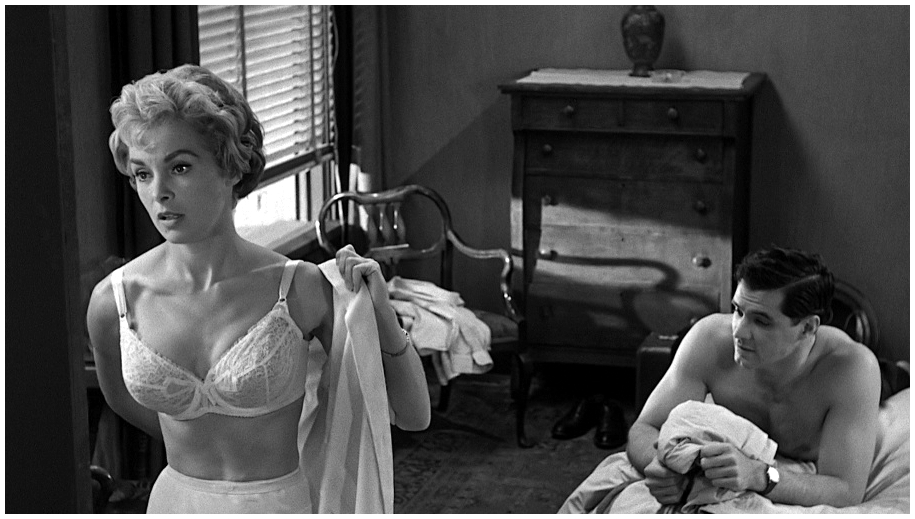
Having produced the definitive ‘Chase’ film with North By Northwest (1959), Hitchcock turned to the ‘Old Dark House’ and set to the task of making the definitive film within this genre. The resulting work is, in my humble yet always accurate opinion, his undoubted masterpiece. Psycho (1960) is in some respects a horror comic, not unlike the macabre E.C. Gaines publications of the fifties, and was never meant to be taken as seriously as the contemporary critics insisted on regarding it. They were affronted, believing that Hitchcock had been subverted by his weekly television show into an exhibition of bad taste. Audiences, fortunately, were far more perceptive and the film was an outstanding commercial success.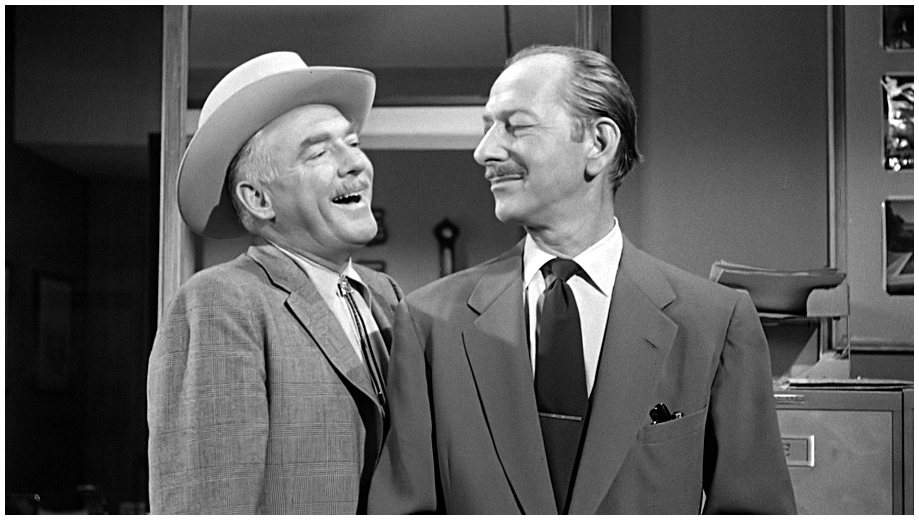
The opening is precise, with a title establishing date, time and place. A secretary (Janet Leigh) absconds with a bankroll, stolen from the office in which she works as an entrusted employee, and sets out on a long car journey to join her lover in California. After an exhausting drive through heavy rain, and a mysterious encounter with a policeman (Mort Mills) who may or may not be suspicious, she decides to check-in for the night at a lonely wayside motel, where the young proprietor (Anthony Perkins), a shy and gentle man, reveals his interest in taxidermy as well as the presence of his aged, invalid, possessive mother who lives in the gothic house overlooking the site. During the night while the girl is taking a shower, someone enters the cabin and stabs her to death. It seems to be the old woman. The son then re-appears to mop up the blood and carry the body to the boot of the car, driving it to a nearby swamp where it is submerged.
Independent of each other, the girl’s sister (Vera Miles) and an insurance investigator (Martin Balsam) get on the trail and arrive separately at the motel. While snooping around the house, the investigator is savagely murdered but, eventually, the mystery of Bates Motel is solved: The old woman has been dead for years, but the psychopathic proprietor has partly assumed her personality and is responsible for the murders. In the final scene a psychiatrist (Simon Oakland) offers an explanation, while the murderer regresses into total lunacy.
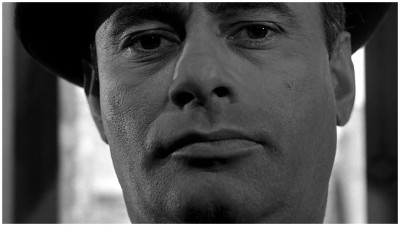 Janet Leigh, the girl murdered in the shower, only appears in the first part of the film, an astonishingly rapid disposal of a major character and star. After more than half-an-hour of character development and building sympathy for the apparent heroine of the film, Hitchcock shook the audience with one of the most brutal and brilliantly edited murders ever committed on celluloid. The shower sequence is quite horrifying, the victim repeatedly stabbed by a descending dagger, although no actual wounds are visible on-screen. The scene has almost a hundred edits, and did not involve actor Anthony Perkins at all. This was a deliberate decision on Hitchcock’s part. He was worried that the dual role and nature of Norman Bates would be exposed if he were to appear in that scene, even in silhouette.
Janet Leigh, the girl murdered in the shower, only appears in the first part of the film, an astonishingly rapid disposal of a major character and star. After more than half-an-hour of character development and building sympathy for the apparent heroine of the film, Hitchcock shook the audience with one of the most brutal and brilliantly edited murders ever committed on celluloid. The shower sequence is quite horrifying, the victim repeatedly stabbed by a descending dagger, although no actual wounds are visible on-screen. The scene has almost a hundred edits, and did not involve actor Anthony Perkins at all. This was a deliberate decision on Hitchcock’s part. He was worried that the dual role and nature of Norman Bates would be exposed if he were to appear in that scene, even in silhouette.
The second murder, when Martin Balsam is attacked while ascending the staircase of the old house, is shot in such a way that audiences would involuntarily gasp or shudder at its frightening suddenness: As he nears the top step, an overhead shot shows a figure running from an open door on the landing, clutching the same weapon used in the shower. The unfortunate man has his face slashed as the camera follows him falling backwards down the stairs. The assailant then runs to the bottom of the stairs and stabs him repeatedly until he dies.
Both sequences are accompanied by a terrifying musical chord, repeated over and over again, like some sort of demonic shriek. Composer Bernard Herrmann was closely associated with Alfred Hitchcock, writing almost every score from The Trouble With Harry (1955) to Marnie (1964), a period which included Vertigo (1957), Psycho and North By Northwest. Although there is no actual music in The Birds (1963), Herrmann supervised the sound design using synthesisers to create the cacophony of attacking birds. Herrmann’s last film scores included Sisters (1973) and Obsession (1976) for Brian De Palma, and It’s Alive (1974) for Larry Cohen. His final film soundtrack, completed the day before his death, was the sombre jazz score for Taxi Driver (1976) for Martin Scorsese.
Relative to Hitchcock’s other Hollywood productions, Psycho was a very cheap film to make, shot in black-and-white and using techniques learned from making the Alfred Hitchcock Presents television series. Because of its low budget, Psycho became his highest-grossing film ever. Hitchcock made his name in the film industry at an early age, and he kept it, increasing his stature as a filmmaker as the years went on. The perfectionism and skill coupled with his monumental cinematic imagination have brought a lasting contribution to the art of film and, although his genius has been rejected on the absurd grounds that too many people enjoy his work on an uncritical level, his contribution to the enrichment of humankind cannot be denied. That was always his intention after all – to entertain the widest audience possible. On that rather upbeat note I’ll ask you to please join me next week when I have another opportunity to give your cinematic sensibilities a damn good thrashing with the ugly stick for…Horror News! Toodles!
 Horror News | HNN Official Site | Horror Movies,Trailers, Reviews
Horror News | HNN Official Site | Horror Movies,Trailers, Reviews
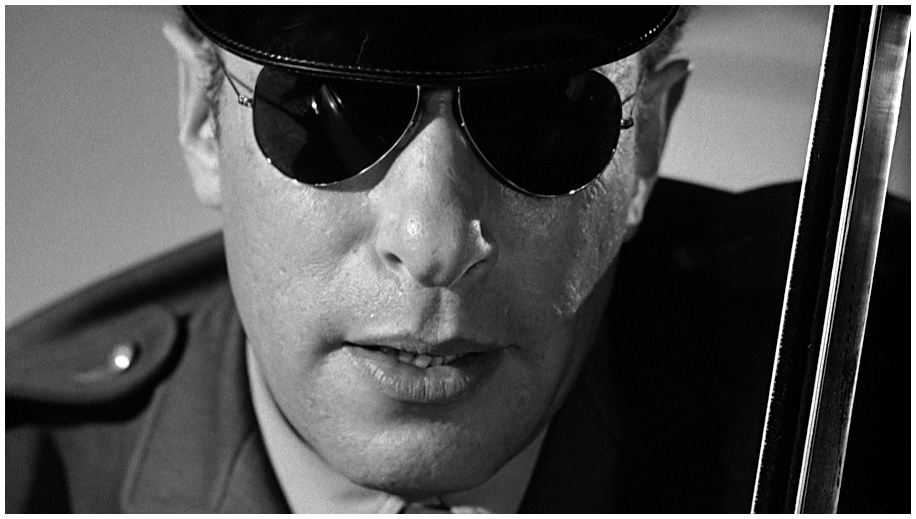

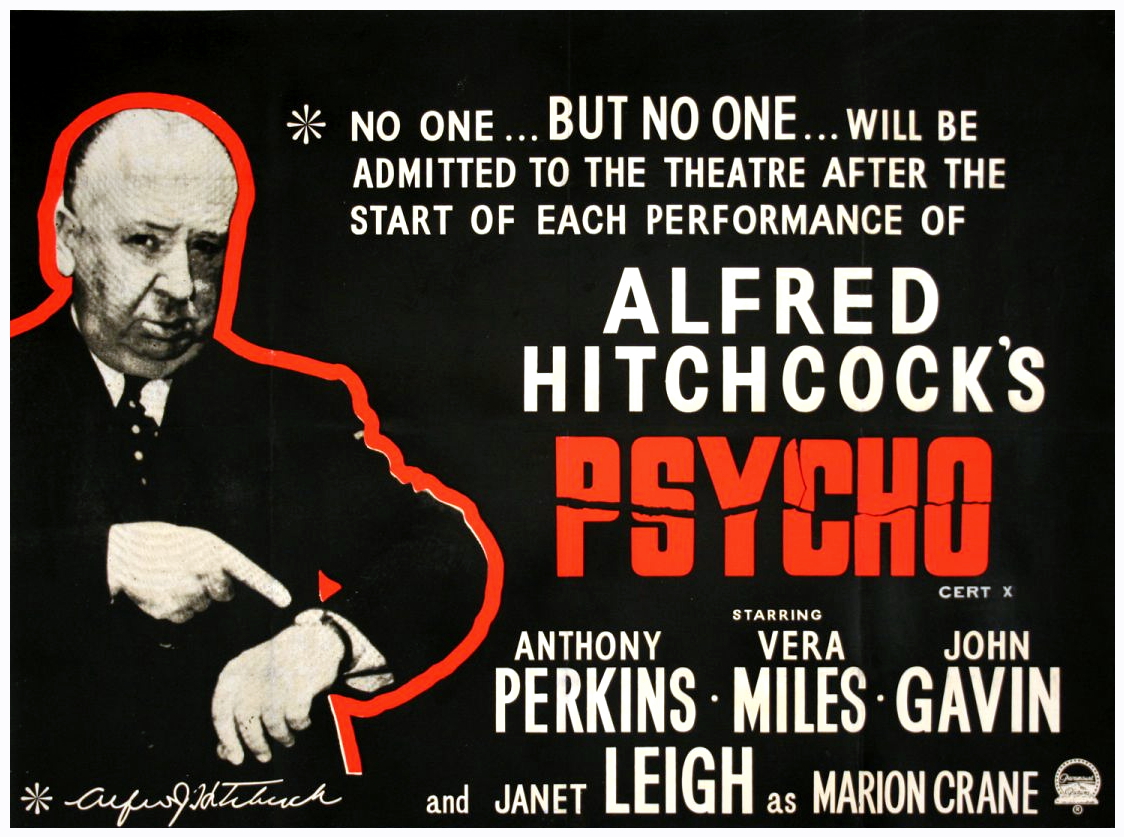
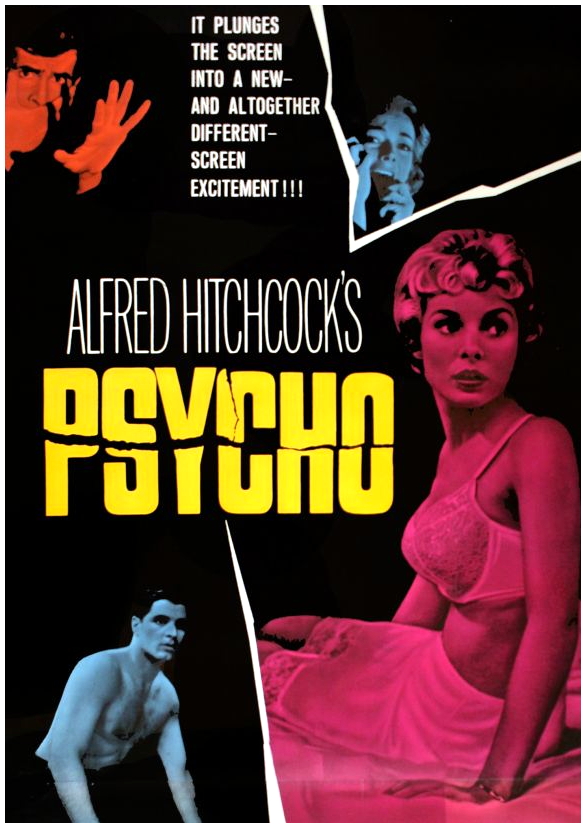
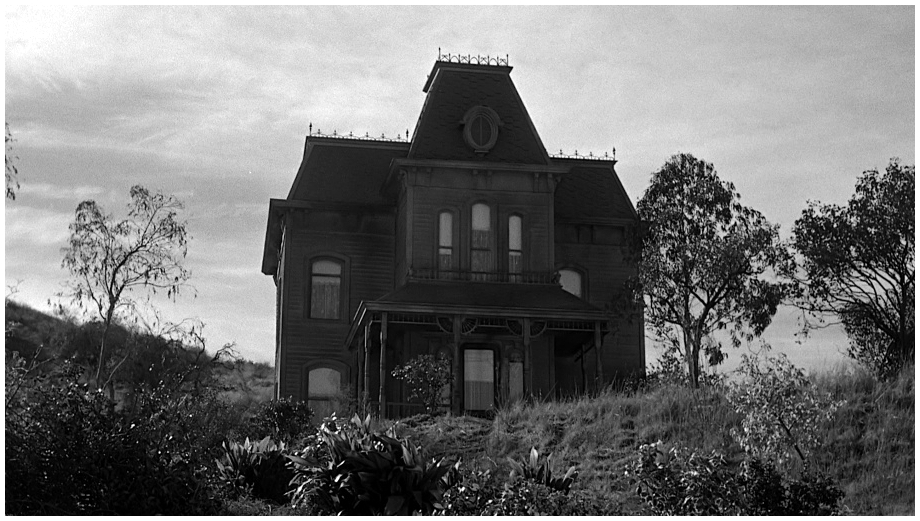
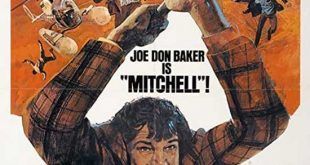
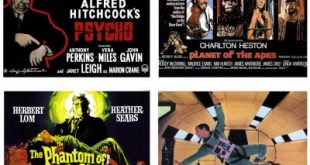

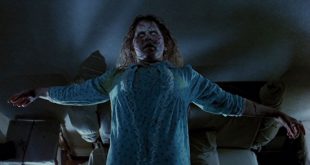
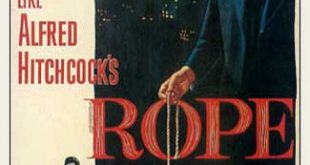
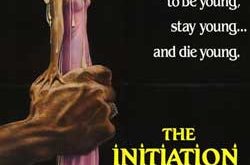
A MASTERPIECE THAT EVERY HORROR FAN AND FILM BUFF SHOULD SEE